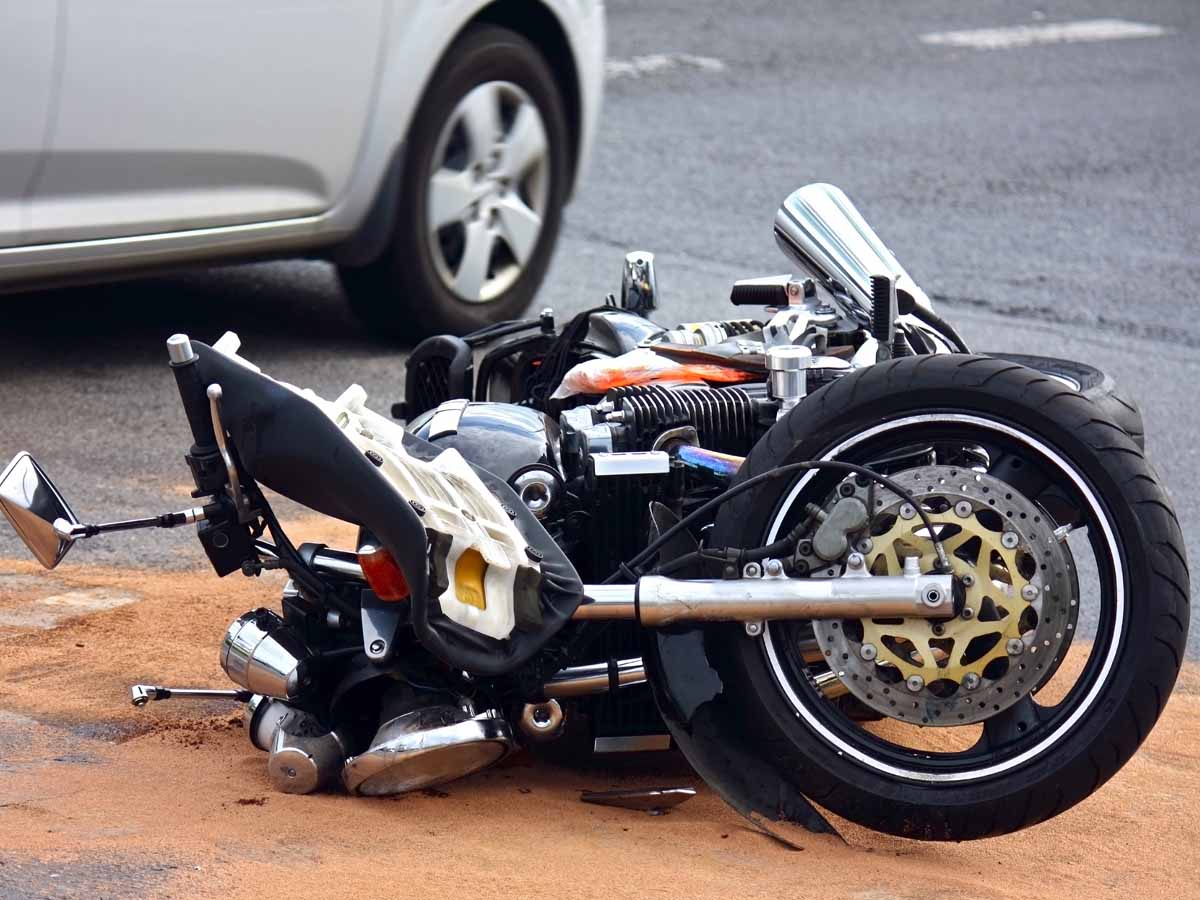Riding a motorcycle gives people a fun way to travel across town or around the country. However, because motorcycles lack the protective structure of passenger vehicles, bikers are more susceptible to severe or even fatal injuries when they get into accidents. While it may be impossible to avoid the possibility of motorcycle crashes altogether, motorcyclists can remain alert when they educate themselves about the most hazardous situations and places where collisions are most likely to occur. Here are some of the most prevalent hotspots and situations where motorcycle accidents can happen.
Intersections
According to the National Highway Traffic Safety Administration (NHTSA), thirty-five percent of fatal motorcycle crashes occur at intersections. While drivers often fail to notice motorcyclists, this is particularly true when a vehicle is making a left turn. This lack of awareness often leads to deadly broadside collisions. Bikers should approach intersections cautiously, prepare to apply their brakes, and watch for turning vehicles.
Rural Roads
While the majority (sixty-seven percent) of fatal motorcycle crashes happen in urban areas, rural roads present unique risks. Curvy roads with no streetlights or shoulders leave little margin for error. Fatigue and excessive speed also endanger riders on long rural highways. Injuries from accidents involving large commercial vehicles in these areas can be particularly catastrophic. Defensive riding is essential.
Dark Areas
Thirty-nine percent of fatal motorcycle crashes occur at night when visibility is reduced. Riders should use extra caution when riding at night by:
- Equipping bikes with reflectors and bright headlights
- Wearing reflective gear, such as hi-vis vests and helmets
- Scanning proactively for hazards
If you can do so, avoiding night riding altogether might be your safest option.
Weekends
Fifty percent of fatal motorcycle crashes occur on weekends when recreational riding peaks. Weekend crashes often involve alcohol impairment and fatigue. Riders should avoid drinking and riding, take frequent rest breaks on long trips, and plan routes to minimize fatigue.
High-Speed Areas
Speeding contributes to one-third of fatal motorcycle crashes. Even if you are riding on a highway with greater speed limits, be aware that high speeds reduce a rider’s ability to react and stop. Excessive speed also amplifies the impact forces in a crash. Riders should obey posted limits, drive at a speed that is appropriate to the weather and road conditions, and avoid racing.
Alcohol Intoxication
In a recent year, nearly thirty percent of fatally injured motorcycle riders had blood alcohol concentrations at or above 0.08 g/dL (grams per deciliter). Alcohol impairs judgment, reaction time, and motorcycle control. Riders should never drink and ride. Furthermore, avoid riding on nights that are likely to have high numbers of drunk drivers, such as New Year’s Eve, or on days with major sporting events.
Licensing
Over one-third of motorcyclists involved in fatal crashes in 2021 did not have valid motorcycle licenses. Unlicensed riders lack the training and skills testing to safely operate a motorcycle on public roads. All riders should obtain proper licenses.
Contact an Experienced Motorcycle Accident Lawyer
While motorcycle riding has inherent risks, preparation, training, protective gear, and defensive riding techniques greatly improve safety for motorcyclists sharing the road. By exercising caution and avoiding the most dangerous situations, riders can mitigate risks and enjoy the freedom of the open road.
However, even the safest riders can suffer injuries when another party behaves negligently. The experienced Atlanta, Georgia, motorcycle lawyers at W. Winston Briggs Law Firm have successfully fought to secure compensation for injured Georgians for over 30 years. Call us today at (404) 522-1500, contact us online, or visit our motorcycle accident law firm in Atlanta for a free consultation to learn more about how we can help you.
